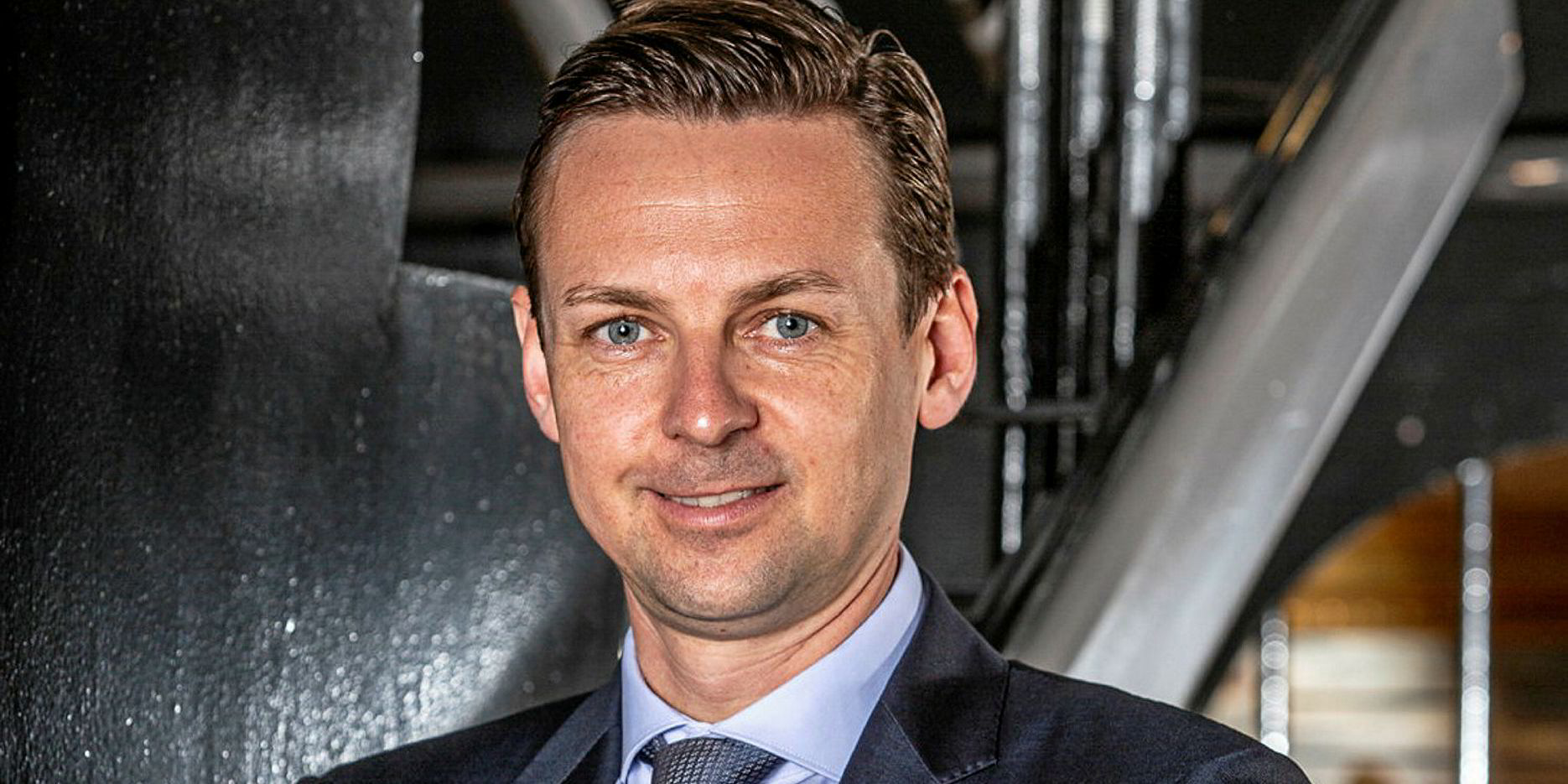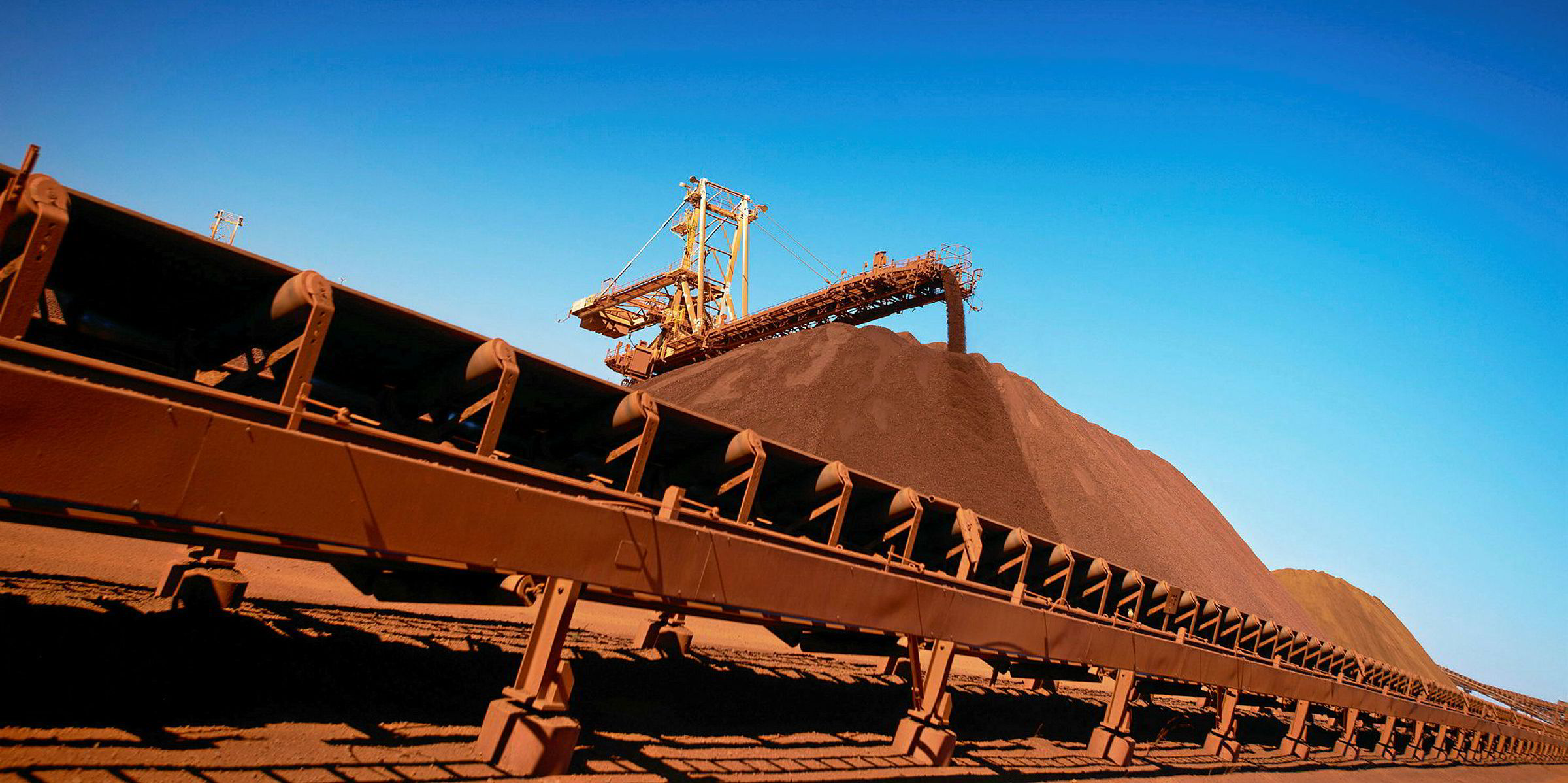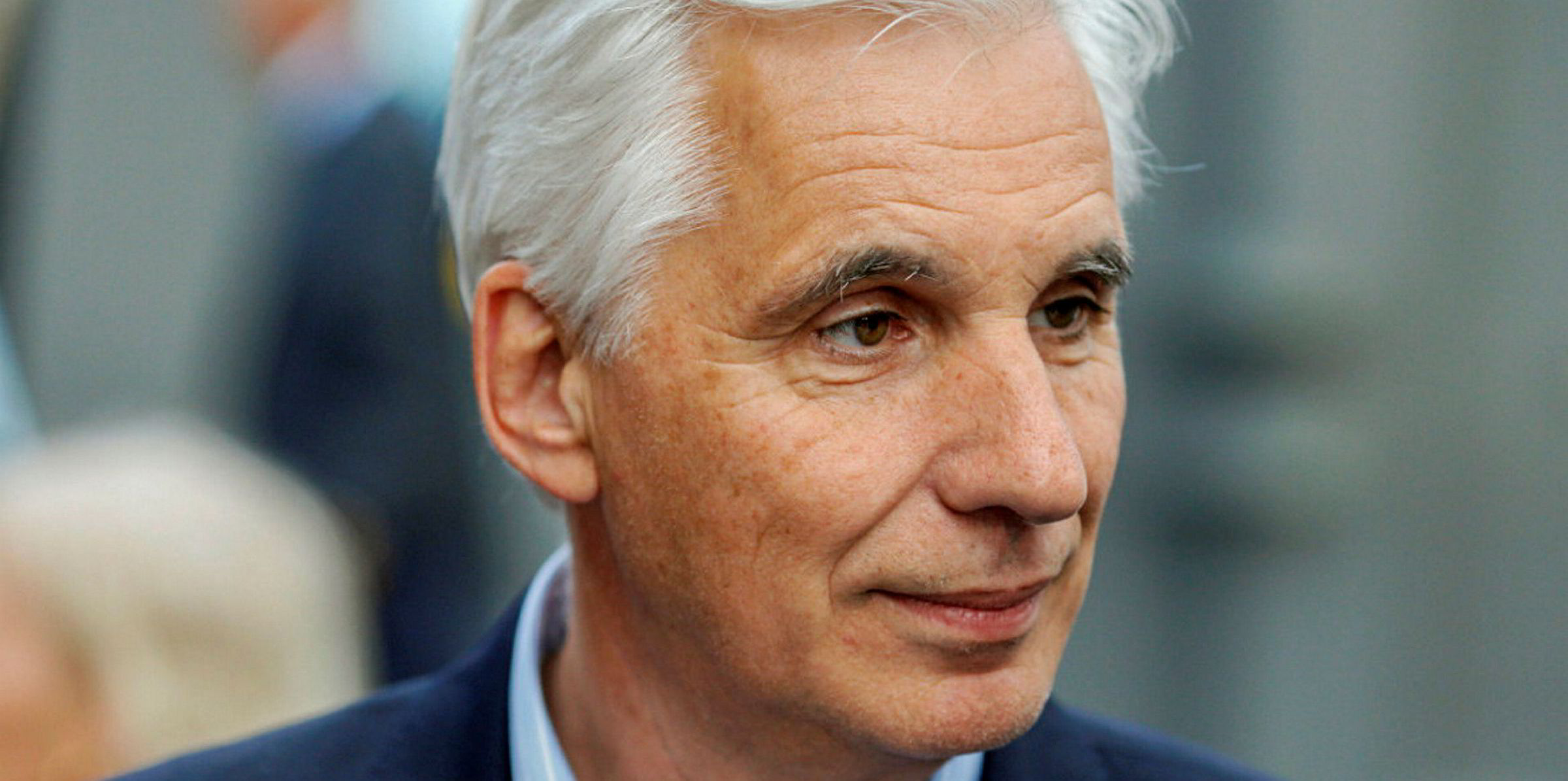John Fredriksen's Golden Ocean has increased charter cover following an improvement in rates during the second quarter and into the third.
But the Oslo-listed bulker owner is also keeping significant exposure to the spot market to capitalise on further gains as the effects of the Covid-19 pandemic weaken their grip on dry markets.
The company has no capital expenditure lined up, while for the rest of 2020 it has 38% of capesize days covered at $18,810 per day and 56% of panamaxes at $14,920.
The estimated time charter equivalent rate for the third quarter is $17,960 for 74% of the owned capesize fleet days, and $12,980 for 92% of panamax days.
Golden Ocean still has 3,968 and 1,893 days open for capesizes and panamaxes respectively, however.
Chief executive Ulrik Andersen said: "While we believe that the recent improvement in rates reflects the diminishing impact of Covid-19 on the underlying demand for dry bulk commodities, uncertainty persists in the near term.
"We have therefore increased our charter coverage for the balance of 2020, although we maintain enough spot exposure to meaningfully participate in the strong rate environment expected for the remainder of the year."
Second half to be stronger
He added: "This balanced commercial approach will ensure healthy continued cash flows and a corresponding increase in our liquidity. Additionally, the significant one-off capital expenditures related to scrubber installations and the non-cash impairments that impacted our results in the first half of the year are behind us."
Andersen said this means recent market strength will directly benefit its second-half cashflow and results.
The second quarter net loss was $41.28m, compared to a deficit of $33m in 2019, but down from a loss of $161m in the first quarter.
Revenue edged up to $116m, versus $115.7m last year.
The loss in the first six months was $202m, against $40.5m a year ago.
Fearnley Securities said Ebitda of $7m was largely in line with expectations.
It pointed to an improved unrestricted cash balance of $70m due to the release of cash tied to covenants, as well as high charter coverage for both the third quarter and second half.
On the basis of forward bookings, the Norwegian investment bank is expecting third quarter Ebitda of $65m.
Anders Karlsen at Danske Bank said the result was better than he had feared during a challenging quarter.
"Average earnings for the fleet ended at $8,782 per day, 6% above our estimate," he said.
Golden Ocean said the recent volatility and improvement in rates, which is driven mainly by a sharp pickup in Chinese iron ore imports and port congestion in China, has been a "welcome development".
Some of its new coverage extends into the second quarter of 2021 as well.
"The company maintains significant spot market exposure, particularly in the capesize market, which provides the greatest operating leverage to the market strength expected in the second half of 2020," it added.
No payout for investors
The shipowner is not paying a dividend due to the loss and continued uncertainty surrounding the pandemic.
Golden Ocean recorded a loss from associated companies of $5.2m in the period, mainly related to a $5.6m loss from its investments in SwissMarine.
It gained $0.3m from its investments in TFG Marine, the bunkering joint venture with Trafigura and sister Fredriksen company Frontline.
It also logged an unrealised mark-to-market loss of $2.2m on shares in Scorpio Bulkers.
Long-term debt is $1bn, including $310.2m outstanding on a $425m loan facility for 14 capesizes that matures on 31 March, 2021.
"The company expects to be able to refinance this facility prior to maturity," it said.






